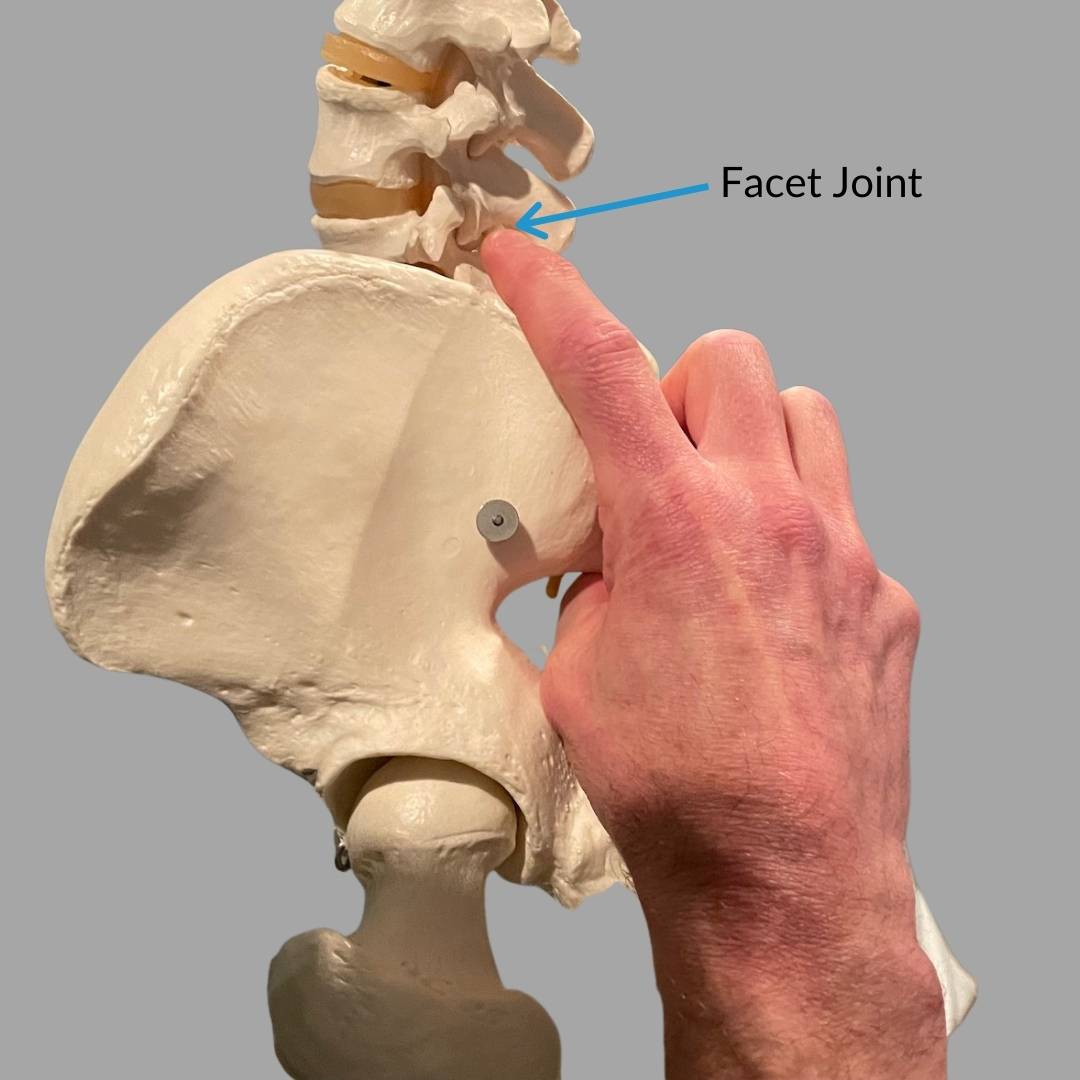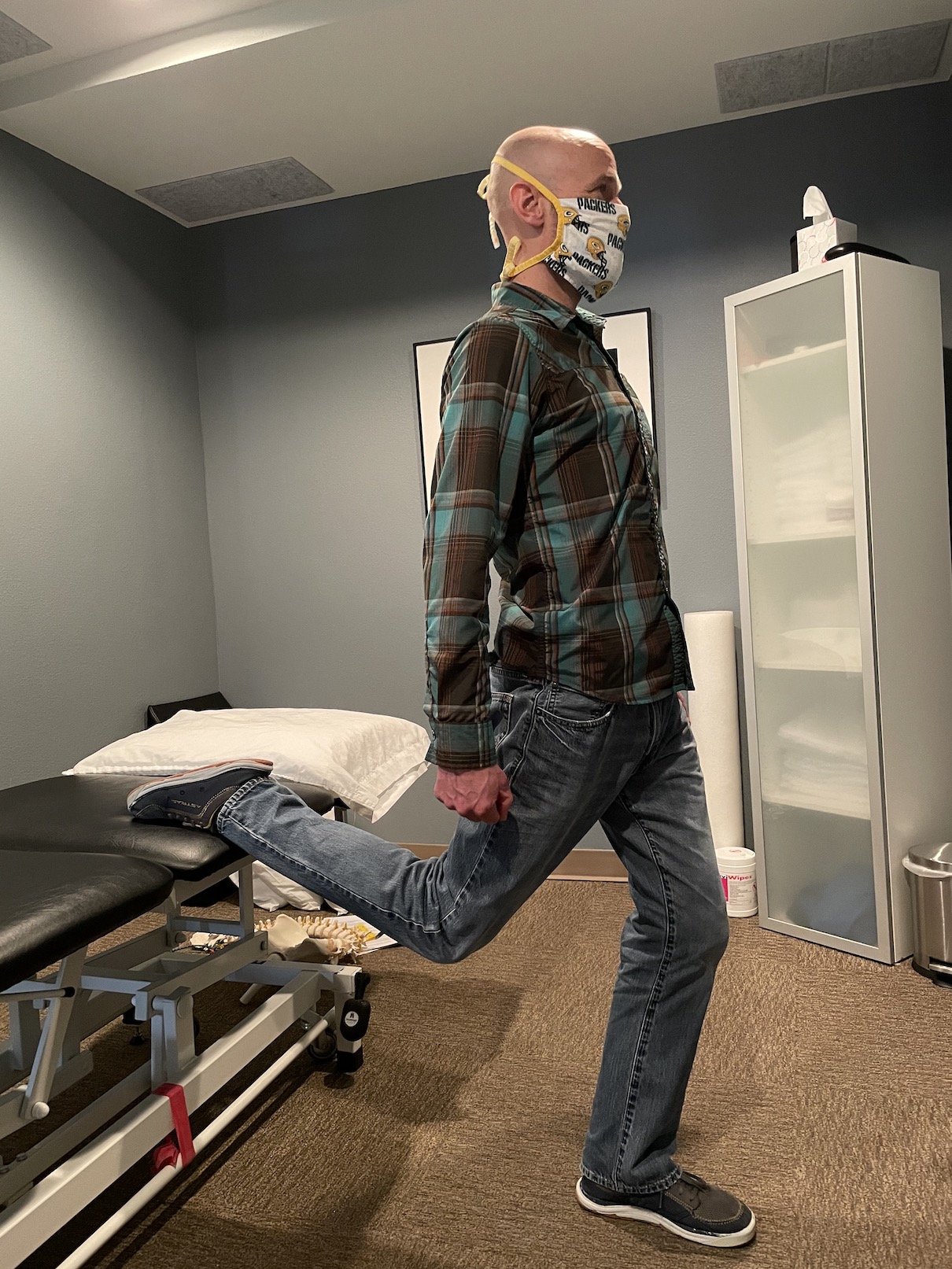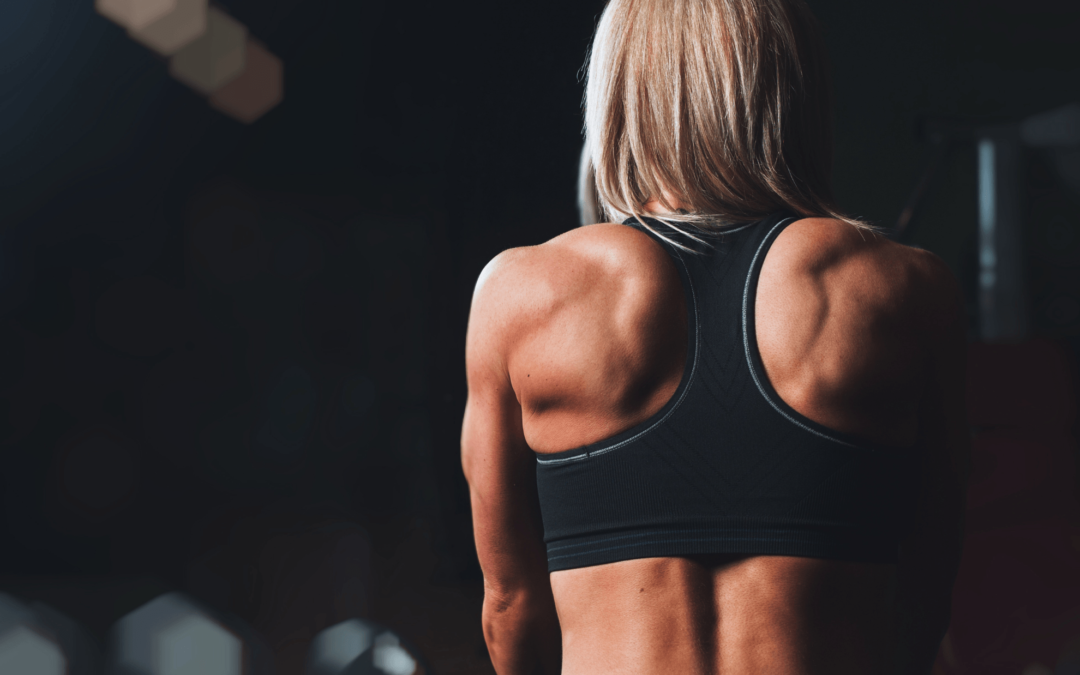Your spine or backbone is your body’s foundation and central support structure. It is a critical component of your health and wellbeing. Your spine helps you sit, walk, run, bend, and twist. The way you position your body to perform these functions can alter the health of your back and lead to back pain.
Back pain is the single leading cause of disability globally and one of the most common reasons for missed work. But what if you understood more about how the positioning of your body today can affect the health of your back tomorrow? That’s Bend physical therapist Rob Hollander’s goal for this article. He wants to help you understand one of the most common causes of low back pain or pain with activity: extension biased posture.
You’ve probably heard about the importance of good posture since you were a kid. But often, good posture is synonymous with the position of the shoulders. There is much more to good posture than avoiding rounding your shoulders. Some postures just feel better and take the pressure off your back, which is how directional preferences occur.
Defining Extension Biased Posture and How it Can Cause Back Pain
In a natural standing position, extension biased posture can range from an excessive forward curve (commonly referred to as “swayback”) to a subtle posterior trunk lean with the pelvis positioned forward. A lot of people learn to stand this way because it is efficient and allows you to stand for extended periods without fatiguing your muscles. Standing in this position can become a habit or a necessity. If you aren’t strong enough to stand and support your body in a neutral position, your body will compensate by standing in a position that uses the joints, discs and ligaments for support. This may lead to facet pain, joint arthritis or even disc pathology. If your back pain worsens when you bend backwards but feels better with bending forward, you probably have an extension bias.
Solution: Become aware of your posture when standing. By using your lower abdominals, gently Pull your pelvis backward to center your hips below your trunk and shoulders. Your shoulders should not be behind your hips but instead in a stacked position. Maintain a slight neutral forward curve in your spine. This may place your body weight on your heels. Adjust your body slightly to distribute your weight evenly through the heels and forefoot by a gentle forward lean, keeping your body aligned.

How the Core Impacts Posture
When you stand in ways that allow you to support your back without using muscles, your inner core muscles become weak, leading to back pain. The inner core muscles provide stability to the lower torso and pelvis. They are often the link to recurrent or long-standing lower back pain as they become inhibited and weakened due to injury.
Solution: Rehab your inner core by isolating the muscles. This can be done in a sitting/standing or (best initially) side-lying position. Begin with the abdomen fully relaxed and without tension. Gently and slowly pull in the lower abdomen (below the belly button) “up and in” towards your spine a half-inch to an inch. Concentrate on the sensation of tightness around the lower abdomen. If you are having difficulty, imagine just starting to zip up a tight pair of pants and what you would do to get them buttoned! Be careful not to use the diaphragm to perform the abdominal movement (inhaling to perform).
Understanding Facet Joint Pain
Facet joints are located at the back of each spinal segment. They connect the vertebrae at the back of the spine and guide the spine’s motion for that region. When standing, you support the spine while also absorbing the forces placed on the spine when standing or moving. Facet-related pain occurs when repetitive extension loading causes the facet joints to become inflamed. This can be acute or chronic (arthritis).
Solution: Improve flexibility of the lumbar spine to unweight the facet joints. Exercises you should try that shouldn’t cause back pain include lying on your back with your knees pulled up, modified Child’s Pose, and Cat/Cow Pose.

The Punished Hips and Back Pain
Hip weakness is also commonly seen in individuals with trunk weakness from extension-biased postures. The gluteus maximus (extensor) and gluteus medius (lateral stabilizer) are often affected, causing your hip flexors to become the predominant muscle group recruited. When this occurs, the hip flexor muscle may tighten due to overuse, which can exacerbate extension-based pain.
Solution: Stretch and strengthen. Exercises you should try to improve flexibility: include the hip stretch.


Putting It All Together
When evaluating you for back pain, your physical therapist assesses your movements and posture as well as the flexibility of your lumbar spine. Once they understand the cause of your back pain, they can begin incorporating flexibility and strengthening exercises. The exercises and stretches require concentration to ensure the correct muscles are used. This is especially important for strengthening the inner core muscles as they can be tricky to isolate. A professional can help guide you through the exercises to ensure you are performing them correctly.
For more information, including videos and tips for performing the exercises recommended in this article, check our Facebook and Instagram pages. Back pain doesn’t have to keep you from experiencing life every day. If you’d like us to evaluate you for back pain, give our Eastside or Westside location a call to make an appointment.
We look forward to helping you feel better.
